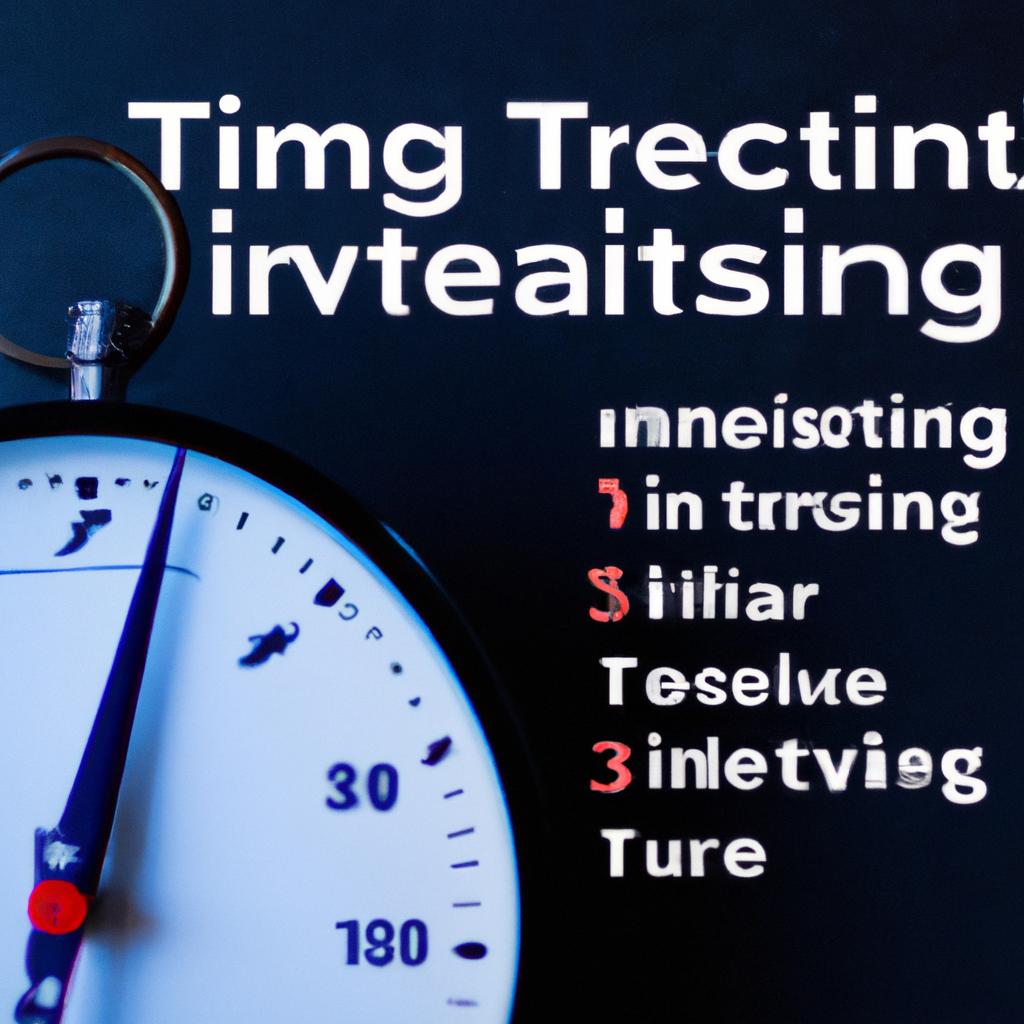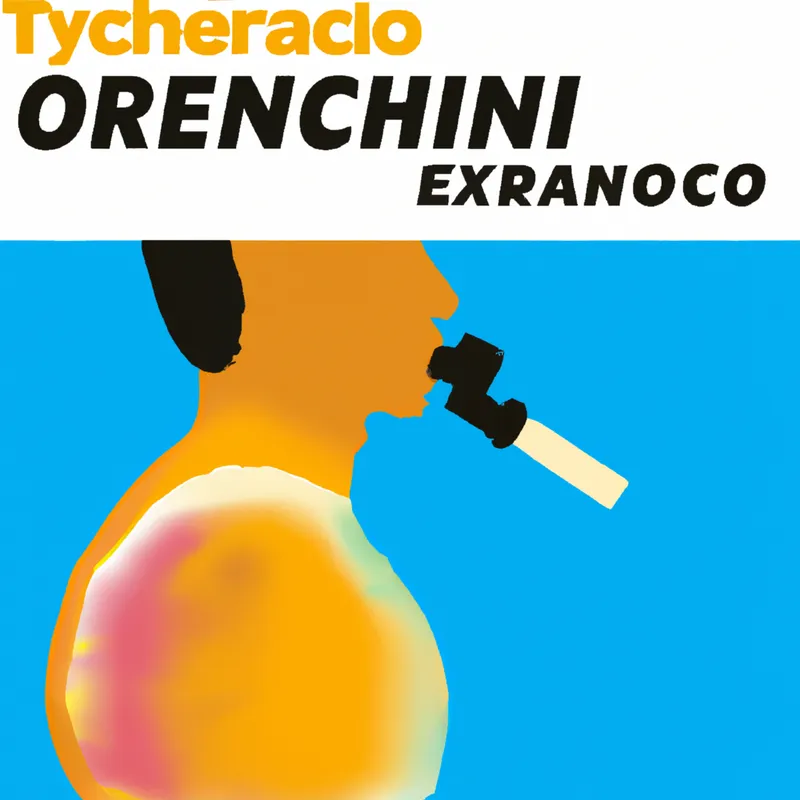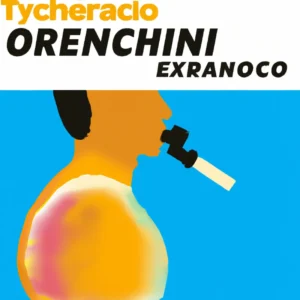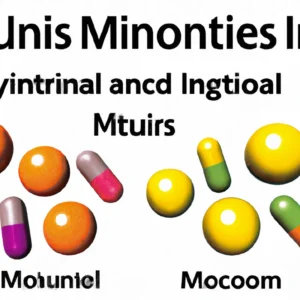The Role of Intermittent Fasting in Enhancing Athletic Recovery: Timing Your Eating Windows for Optimal Muscle Repair and Growth
# The Role of Intermittent Fasting in Enhancing Athletic Recovery: Timing Your Eating Windows for Optimal Muscle Repair and Growth
In the world of sports and fitness, recovery is as crucial as the workout itself. Whether you’re a professional athlete or a dedicated weekend warrior, the right nutrition can significantly influence your performance and recovery. Intermittent fasting (IF) has emerged as a popular dietary strategy among athletes, not only for its potential weight management benefits but also for its role in enhancing recovery. By understanding how to time eating windows effectively, athletes can optimize muscle repair and growth, improving overall performance.
## Understanding Intermittent Fasting
Intermittent fasting is not a traditional diet but rather an eating pattern that cycles between periods of eating and fasting. Common protocols include the 16/8 method (16 hours of fasting followed by an 8-hour eating window) and the 5:2 method (eating normally for five days and significantly reducing calorie intake on two non-consecutive days). This approach can significantly impact recovery by influencing hormonal balance, cellular repair, and metabolic processes.
### Hormonal Benefits of Fasting
During fasting periods, the body undergoes various hormonal changes that can enhance recovery. For instance, insulin levels decrease, which can facilitate fat burning and improve insulin sensitivity. Additionally, fasting stimulates the production of growth hormone, which plays a vital role in muscle repair and growth. These hormonal shifts can contribute to faster recovery times and better overall performance in subsequent workouts.
## Timing Your Eating Windows for Optimal Recovery
The timing of your eating windows is crucial for maximizing the benefits of intermittent fasting. By strategically planning when you consume your meals, you can align your nutritional intake with your training schedule.
### Pre-Workout Nutrition
It is essential to fuel your body adequately before workouts, especially if you plan to fast afterward. Consuming a balanced meal rich in carbohydrates, proteins, and healthy fats can provide the necessary energy for high-intensity training sessions. If you are following the 16/8 method, consider scheduling your workouts towards the end of your fasting window or during your eating window for optimal performance.
### Post-Workout Nutrition
Post-workout nutrition is critical for muscle recovery. Aim to consume a meal or snack rich in protein and carbohydrates within 30 to 60 minutes after exercising. This immediate refueling can help replenish glycogen stores and stimulate muscle protein synthesis. If you finish your workout just before your eating window opens, ensure your first meal contains the right balance of nutrients to kickstart the recovery process.
## Nutrition Tips
1. **Focus on Quality**: Prioritize whole, nutrient-dense foods during your eating windows. Lean proteins, whole grains, fruits, vegetables, and healthy fats should form the foundation of your diet.
2. **Stay Hydrated**: Hydration is crucial for recovery. Drink plenty of water throughout the day, especially during fasting periods, to maintain optimal performance and prevent fatigue.
3. **Consider Supplements**: Depending on your dietary needs, consider supplements like branched-chain amino acids (BCAAs) or protein powders to support muscle recovery, particularly if achieving your protein goals is challenging within your eating window.
4. **Meal Timing**: Experiment with your eating windows to find what works best for your body. Some athletes may benefit from a longer eating window after intense training, while others may prefer shorter windows that align with their daily routine.
## Exercise Advice
To maximize the benefits of intermittent fasting and enhance recovery, consider these exercise tips:
1. **Listen to Your Body**: Pay attention to how your body responds to workouts during fasting. If you feel fatigued or unable to perform at your best, adjust your training schedule or eating window.
2. **Include Recovery Workouts**: Incorporate low-intensity workouts or active recovery sessions on days when you are fasting. Activities like yoga, stretching, or light walking can help promote blood flow and recovery without excessive strain.
3. **Periodize Your Training**: Consider cycling your training intensity and volume in conjunction with your fasting schedule. Allow for more intense training sessions when your eating window aligns with your energy levels.
## Health Benefits
Intermittent fasting offers numerous health benefits that extend beyond just athletic performance. These include:
1. **Improved Insulin Sensitivity**: Enhanced insulin sensitivity can aid in nutrient absorption, which is vital for muscle recovery and growth.
2. **Reduced Inflammation**: Fasting can help lower levels of inflammation in the body, promoting faster recovery from workouts and reducing the risk of injury.
3. **Enhanced Autophagy**: Fasting promotes autophagy, a process that clears out damaged cells and regenerates new ones. This cellular repair mechanism is essential for overall health and athletic recovery.
## Conclusion
Incorporating intermittent fasting into your training regimen can enhance recovery and optimize muscle repair and growth by strategically timing your eating windows. By focusing on quality nutrition, listening to your body, and understanding the hormonal benefits of fasting, athletes can experience improved performance and overall health. Ultimately, the key takeaway is that with the right approach to intermittent fasting, athletes can harness the power of their eating patterns to achieve greater recovery and success in their fitness endeavors.















Post Comment